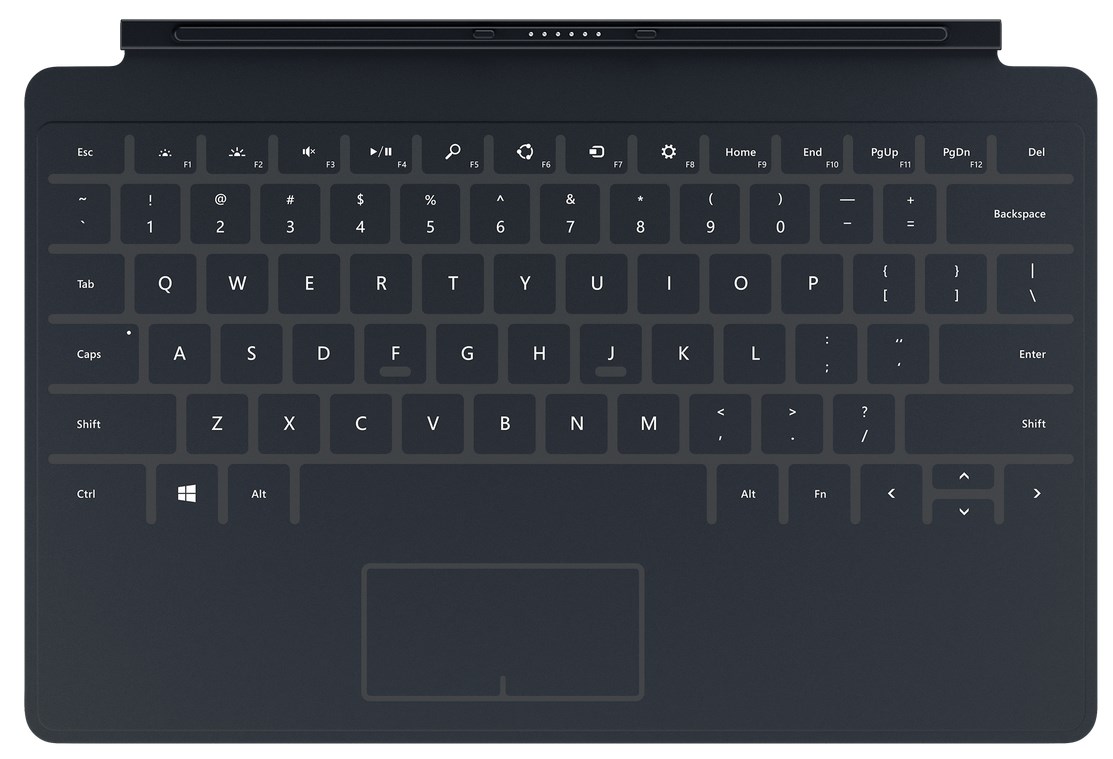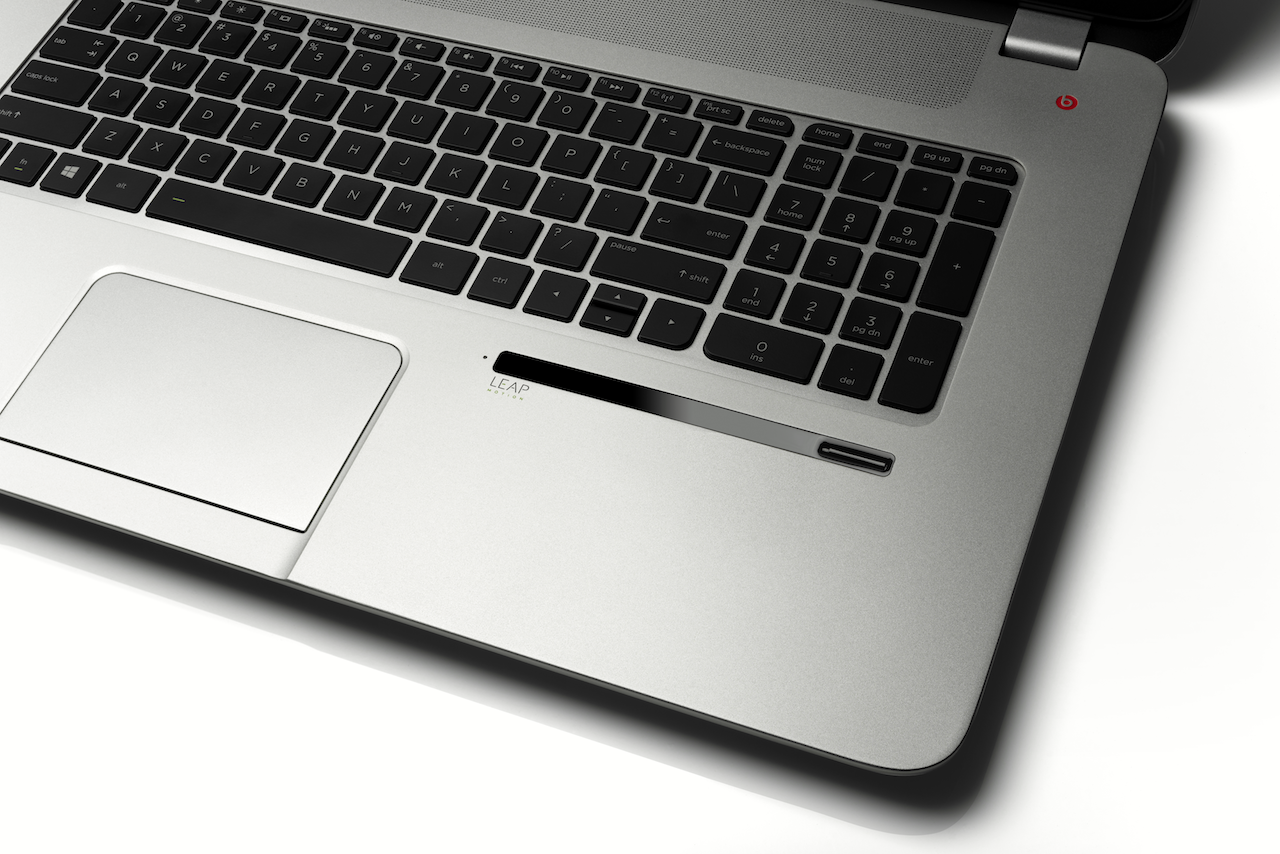The hovering part is described as:
A number of modern computing devices, like Apple's iPhone and iPad, incorporate touch-sensitive panels that enhance and define the user experience by affording unprecedented GUI manipulation and control. Some systems also incorporate what is known as "hover" controls, which allow users to interface with a device without actually touching it.
Using specialized internal components, these touch sensitive devices can recognize an object hovering above a display panel, like a user's finger or stylus. Once a hover event has been detected, the device may process it as a touch event, handling subsequent actions according to the general rules of traditional touch input. For example, if a hover event occurs over a specific app, that app may be opened.
This capability is not new. Modern mobile phones equipped with proximity-sensitive touch screens include Samsung Galaxy S4 and Sony Xperia. Sony calls this feature “Floating Touch” while Samsung calls it “AirView.” This patent shows that Apple is considering incorporating this feature into their devices.
A team of researches from CMU which I was part of recently submitted a paper on a system implementing passive user authentication using proximity information. I will add the link to the paper to this post once it is published.








